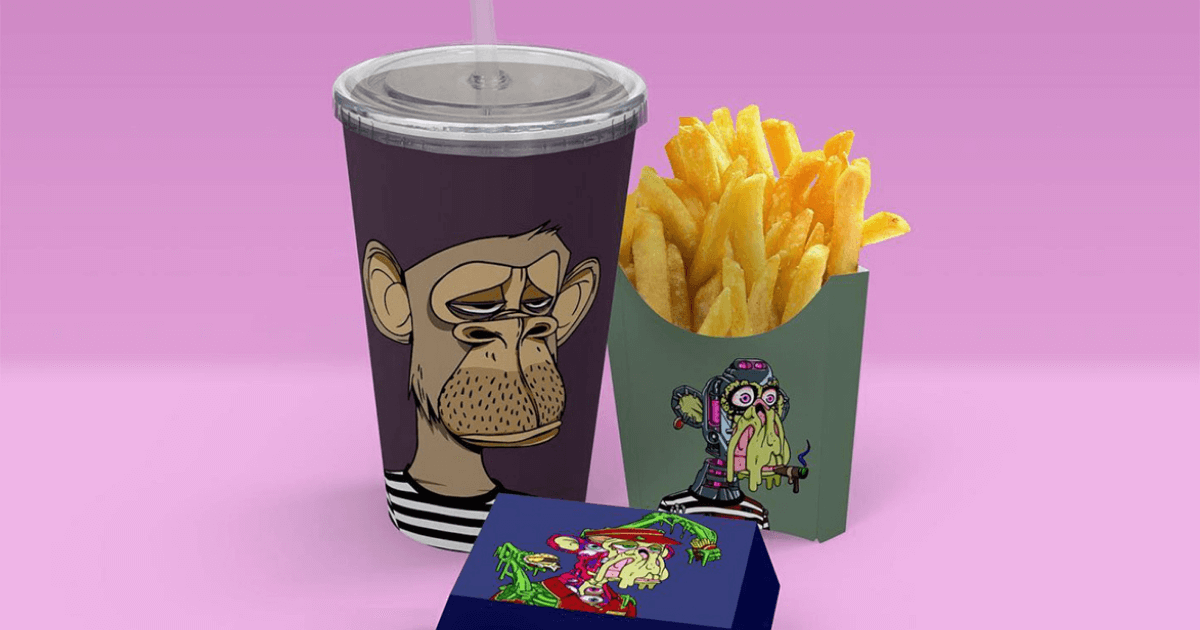NFT Owners Seek Tangible Value

When the NFT craze launched in earnest about a year ago, it was all about buying something digital—whether it was licensed artwork, a sports highlight, or virtually anything else. But in recent weeks, the focus on digital is increasingly turning to the physical.
For example, World of Women (WoW) NFT recently licensed Jazwares for dolls, collectible figures, costumes, and accessories based on its designs. Set to launch in 2023, the products will be sold online and in brick-and-mortar stores. WoW, which launched last July with 10,000 artworks from women creators, has several other projects in the works, including a television and film deal with actress Reese Witherspoon’s Hello Sunshine and a partnership with Universal Music Group.
Bored Ape Yacht Club (BAYC) from developer Yuga Labs, which boasts 10,000 NFTs that command an average price of more than $200,000 each, is also getting into the physical game. Los Angeles restauranteur and BAYC NFT owner Andy Nguyen is opening the Bored and Hungry restaurant pop-up on April 9 in Long Beach, CA.
NFT evangelist and online reservation service Resy founder Gary Vaynerchuk, meanwhile, plans to open the members-only restaurant The Flyfish Club in New York in 2023. The 10,000-sq. ft. private dining club will require the purchase of an NFT for membership. Costs start at 2.5 ETH (currently $3,400 USD).
This recent focus on physical items within the world of NFTs comes from the need to differentiate offerings, said Jed Ferdinand, founder and senior managing partner at Ferdinand IP Group. “It is not just about good execution and marketing. If you can do multimedia or a physical product, all of a sudden you are enhancing value, which you would think would make for a higher price.”
For investors and creators alike, however, NFTs aren’t a sure thing. Blockchain analytics firm Nansen said in a March 25 report that nearly one-third of all NFTs minted since January 2021 are becoming a “dead collection with little or no trading activity post-minting.” Nansen surveyed 8,400 collections made up of over 19 million NFTs on the ETH blockchain, and found that an additional third of NFTs are trading under the initial cost of minting the tokens. The final third of NFTs has a price that is higher than the mint cost.
And while NFTs may be moving into the physical space, in some cases these agreements differ from typical licensing deals. The purchase of an NFT means the buyers also own the unique designs and that ownership would appear to convey licensing rights as well, although it isn’t clear this applies in every case.
For example, BAYC states on its website that NFT owners are given a royalty-free license for personal use. But under the terms and conditions governing the use of BAYC NFTs for commercial purposes (such as licensing), the phrase “royalty-free” is dropped, seemingly implying that there may be a royalty fee on sales. BAYC also makes money on the initial sale of its artwork (about $2 million) and a 2.5% royalty on secondary transactions.
“You don’t have to own a Bored Ape Yacht Club NFT to be excited about the brand. Not everyone who owns a Ferrari t-shirt also owns a Ferrari [automobile],” Striker Entertainment founding partner Russell Binder said. “There is a whole new source of IP being driven in the NFT physical collectible space where you can layer on movies, TV shows, mini-series, videogames, influencers, and other products.”




